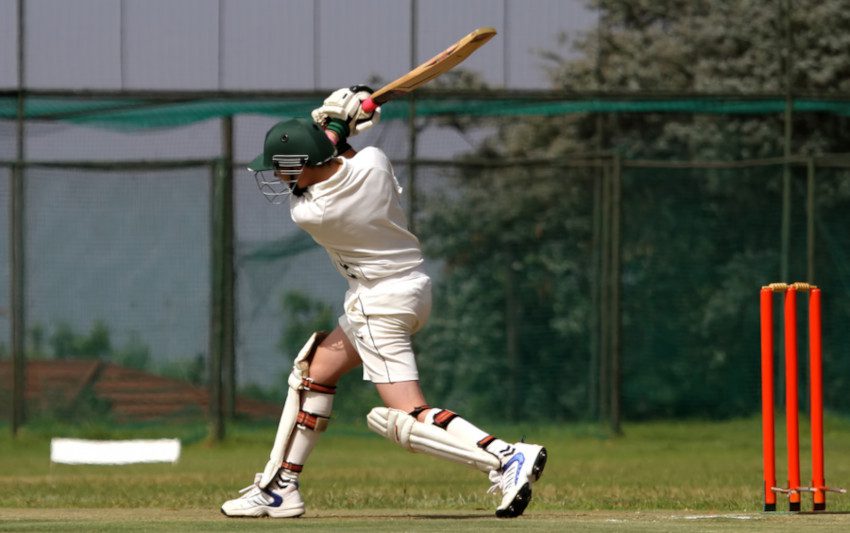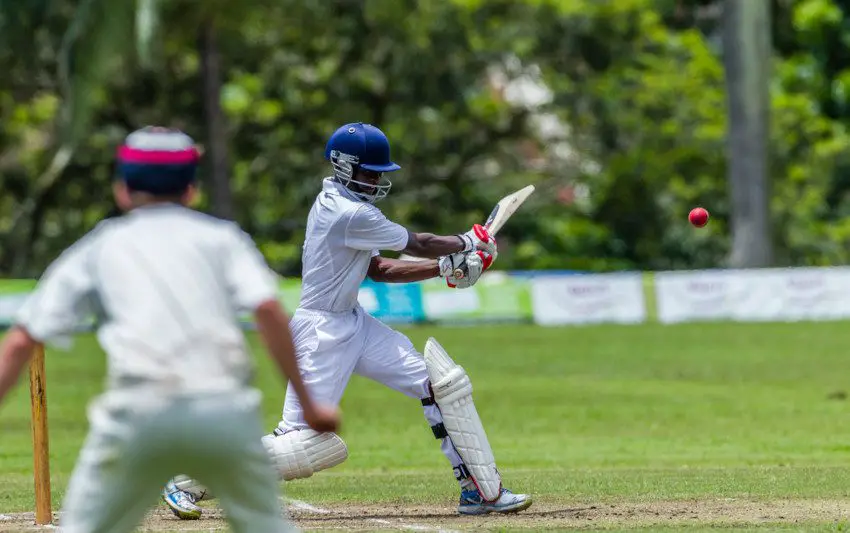Table of Contents
Many will say that they are the most important batsmen in the team. Their job is to get the side off to a solid start and build a platform but what makes a good opener?
Who are the Opening Batsmen?
The opening batsmen are the players who are listed as numbers one and two in the batting line up. They will open the innings in the sense that they will face the new ball and will not have to wait for a wicket to fall before they walk to the crease.
Their role is an important one in terms of their team’s score and also for the course of the game.
Opening Batsmen in the Batting Order
The initial role of the

opening batsmen is to ‘see off the new ball’. The new ball literally comes out of its box and hasn’t been used up to that point. In first class cricket, the fielding side have 80 overs in which to use that ball before they can change it again.
When the ball is new, it can bounce more and there can be more movement off the seam. That seam is more prominent and the ball can deviate to a greater degree when the ball hits the pitch.
Opening batters will have to deal with that new ball and, therefore, they have a more specialist role than their teammates who are lower down in the batting order.
It can be tricky to negotiate those early overs and, in test and first class cricket, batsmen tend to rely on the defensive technique required early in the match and they will often leave the ball alone. However, they will also need to play attacking shots and take advantage of bad deliveries when they can.
When the ball is struck by the bat, the shine starts to leave it and that seam becomes less prominent. The ball starts to become softer and will bounce less and there will be less movement off the seam.
The role of the opening batters is, therefore, quite diverse.
In modern test and first class cricket, opening batters tend to play at a higher tempo than they might have done in the past. Teams look to be more aggressive and post higher run rates from the very first ball. Opening batsmen will, therefore, aim to get the side off to a fast start and make the bowling team more defensive.
Of course, in ODI and T20 cricket, all batters look to play quickly.
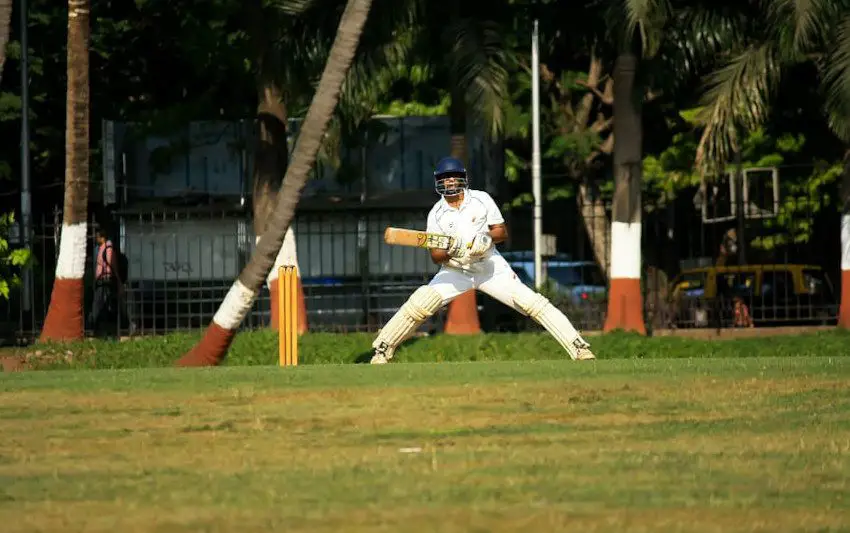
What Makes a Good Opening Batsman?
Adaptability to Pitch Conditions
A good opening batsman will be able to adapt their game to any surface and to any overhead conditions. If there is cloud cover, the ball will tend to swing more in the air when it leaves the bowler’s hand.
If the weather is clear and sunny, there should be less swing but the ball may bounce more. Overhead conditions can exaggerate swing and seam in the early overs of a match and the opening batsman needs to be prepared for this.
The pitch can also play a big part in how the opening batters adapt their game. It may be low and slow to the extent that spinners come into the attack much earlier than they normally would. Opening batters will rarely face spin until much later in the innings – usually in the second session of a test cricket match when the ball is around 40 overs old.
However, on turning surfaces, especially in countries such as India, Bangladesh, Pakistan and Sri Lanka, spin may be employed much earlier.
In contrast, if the openers arrive at the crease and the pitch is quite green, with plenty of grass, the ball will tend to deviate more off the surface. The seam bowlers will be in play for much longer and we may not even see spin until much later in the innings.
In summary, an opener needs to have a strong all round game and they need to be prepared for anything. The early conditions, the weather and the state of the pitch will all have a bearing on the type of bowling attack that they will be facing and those opening batsmen will need to be ready.
Strong Defensive Play
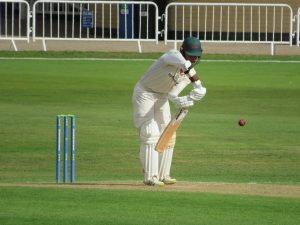
This is the basis of a good opening batsman. Even the power hitters such as Australia’s David Warner and Chris Gayle from the West Indies will have a solid defensive technique. Meanwhile, the majority of openers don’t tend to play in Warner’s style so they will need to be playing defensively more at the start of an innings.
The ball will move more off the seam and will tend to bounce more as we have seen. The fielding side will also be attacking. Bowlers will be fresh and should be hitting their line and length more regularly than they would do later on in the innings.
Openers should take advantage of poor deliveries but those opening overs are mostly a time for solid defence.
Playing the New Ball
This is the first role of the opening pair and, while we’ve touched on it above, this is worth mentioning once again. When the new ball comes out of the box, it is shiny on both sides with a pronounced seam. The bowling team will need to maximise this ball before it starts to lose both of those assets.
A shiny new ball will tend to bounce more and, with that raised seam, there is likely to be more deviation. I’ve covered different types of balls in another article and we know that the various brands are different in terms of that seam. However, in all cases, the ball is in better condition when it is new.
Read about the different types of cricket ball here.
The first job of the opening batsmen is to negate the power of that brand new ball. A solid defence is vital but it’s also important to score runs when the opportunity is there. The best openers, even if they are primarily of a defensive mindset, will always look to put away the bad ball.
In those early overs, the field is up with more slip fielders and other close fielders in play. The bowling team are attacking and that leaves gaps in the field. By exploiting those gaps, opening batters are doing two things.
Firstly, they are keeping the scoreboard moving.
While it’s important to have that strong defensive technique, if the run rate is low during the first session, pressure will start to build. Runs win matches and, at some point, the openers have to get that scoreboard moving in order to take the pressure off them and the batters that will follow.
Secondly, attacking shots help to change the condition of the new ball.
A new ball will always go soft at some point and the seam will start to deteriorate. Bowlers hit the pitch, the ball hits the wicket keeper’s gloves and the shine and hardness of that ball starts to lessen.
However, by hitting the ball hard in the middle of the bat and sending it to the boundary, openers can speed up that softening process.
In summary, there is a balance to be struck here: A strong defensive technique is vital if you are going to make it as an opening batsman but you will need to score runs and keep the scoreboard moving when the opportunity arises.
The trend for faster cricket in all formats might make young batters feel they need to be aggressive, but this isn’t necessarily the case. A strong defensive technique is essential if you’re going to open the innings.
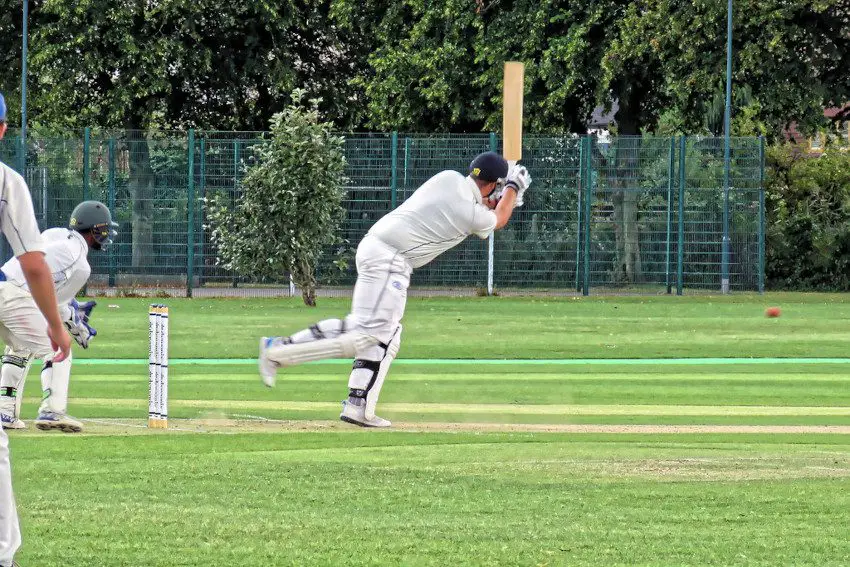
Patience
Opening batsmen must also possess a strong mental approach to the game. Some will say that cricket is played in the mind and it’s easy to see why that statement is made.
What if the conditions heavily favour the bowling team? There may be dark skies overhead, the pitch could be green and the ball is new. All of those factors will be there to assist the bowlers as they look for early wickets.
In these types of situations, an opening batsman may require all of their powers of patience. They may play and miss to a greater degree as the ball does more in the air and off the pitch.
Scoreboard pressure may build but the opportunity to play attacking shots just isn’t there: All the batsmen can do in these circumstances is to ride the storm and keep their wicket intact. As the ball gets softer, conditions will improve and the chances of scoring runs will increase.
Patience will also be required in other situations: Maybe the bowler is hitting their line and length every time or perhaps there is a more defensive field than is normal. At other times, there are those occasions where batters just keep hitting a fielder and they can’t seem to get the ball away.
Frustration can build but openers simply have to remain patient. One lapse in concentration can lead to a false shot and you’ll be back in the pavilion wondering what might have been.
Tips to be a Better Opener
We’ve seen how being an opening batsman can test all types of aspects. Technique is naturally under the microscope but a strong physical and mental approach is also required.
Let’s quickly deal with the physical element. An opening batter has the potential to stay at the crease for longer than any of his or her colleagues. Most of cricket’s longest ever innings have been played by openers so look to take on a fitness regime which includes exercises that work on your stamina.
There’s also the mental side of the game. I’ve mentioned the need for patience and to be mentally strong but how can you work on that? This is something that you can practice in the nets and also out on the field of play.
If you’ve played and missed at a delivery, just forget about it and move on. Your focus should always be on the next ball that the bowler sends down. To help them with that refocusing, a lot of professional cricketers will have a little routine in place once they’ve played a poor shot.
Many will simply take a couple of steps away from the crease; maybe they will adjust their pads or their gloves before getting back in their stance. They may also do some shadow batting, and practice that shot again. You can’t delay play too much but, if you feel that you need a little more time to refocus, you can always ask the umpire for your guard once again.
As regards to your actual technique, a lot of the advice given here will be similar to that which has been suggested for all batters. However, as an opener, there are some unique aspects to your play.
In the opening passages of play, you are likely to be leaving the ball much more than you would in the later overs. Many openers will therefore be eager to get their head in line with off stump. If a ball is passing outside of that off stump, there is no need to be playing at it during those early overs.
Look at the advice on taking guard and maybe move across more to the off side with a middle or middle and off stump guard. This could potentially leave you more susceptible to LBW decisions so there is something of a delicate balance here.
If you’re in the nets and lucky enough to have access to a bowling machine, you can set the device to provide the types of deliveries that you may receive as an opener. A battle against the swinging ball is most likely so look to see if your machine can provide a mix of inswing and outswing.
Hard and fast bounce is more likely in those opening overs and that’s something that a machine can also replicate.
If you don’t have a bowling machine, ask your net bowlers to provide those types of deliveries to the best of their ability. If they are faster, opening bowlers, it’s more likely that they will want to practice these types of deliveries anyway.
It’s unlikely that many of us club cricketers will have the luxury of being able to face a new ball in the nets. That shiny new cherry with its pronounced seam is too expensive and will be reserved for match days.
You can, however, look for the balls in the best possible condition. If a net ball is completely worn and the seam is starting to unravel, it’s unlikely to be of any use to you when you’re looking to hone your skills as an opening batsman.
The Best Opening Batsmen
The best opening batsmen are often spoken of in pairs. Great partnerships such as Hobbs and his opening partner Sutcliffe, Hayden and Langer, Greenidge and Haynes come to mind.
When I grew up, one of my early cricketing heroes was Geoffrey Boycott and he is right up there on the list of England’s greatest ever opening batsmen. Once Boycott had retired, Graham Gooch was the man to take over.
Of the overseas openers that I admired, Sunil Gavaskar was a classic example of the patient player with plenty of the qualities mentioned in this round up.
In the modern game, it tends to be all about the batsmen in at numbers 3 and 4. In general, there is a relative lack of world class opening batters when compared to the ‘big four’ – Kane Williamson, Steve Smith, Virat Kohli and Joe Root. Maybe that situation is one for national teams to address.
Closing Thoughts

Since I first wrote this article in April 2022, the game has moved on to an extent. In test cricket, batters have been playing at a faster tempo than before. I would still maintain that there is a need for solid defense as an opening bat, but many pairs look to attack from ball one.
England, with their ‘Bazball’ approach are often given credit for this, but other teams have been doing this for some time. Australian openers such as Matthew Hayden and Michael Slater had been batting at a rate of four runs per over during their careers. In India, Virender Sehwag and Shikhar Dhawan also played at a much higher tempo.
The techniques mentioned in this roundup still apply, especially for young cricketers. You will need that solid defense, a tough mindset and the ability to see off the new ball. Cricket may be evolving, but the role of the opening batters is much the same as it’s always been.

